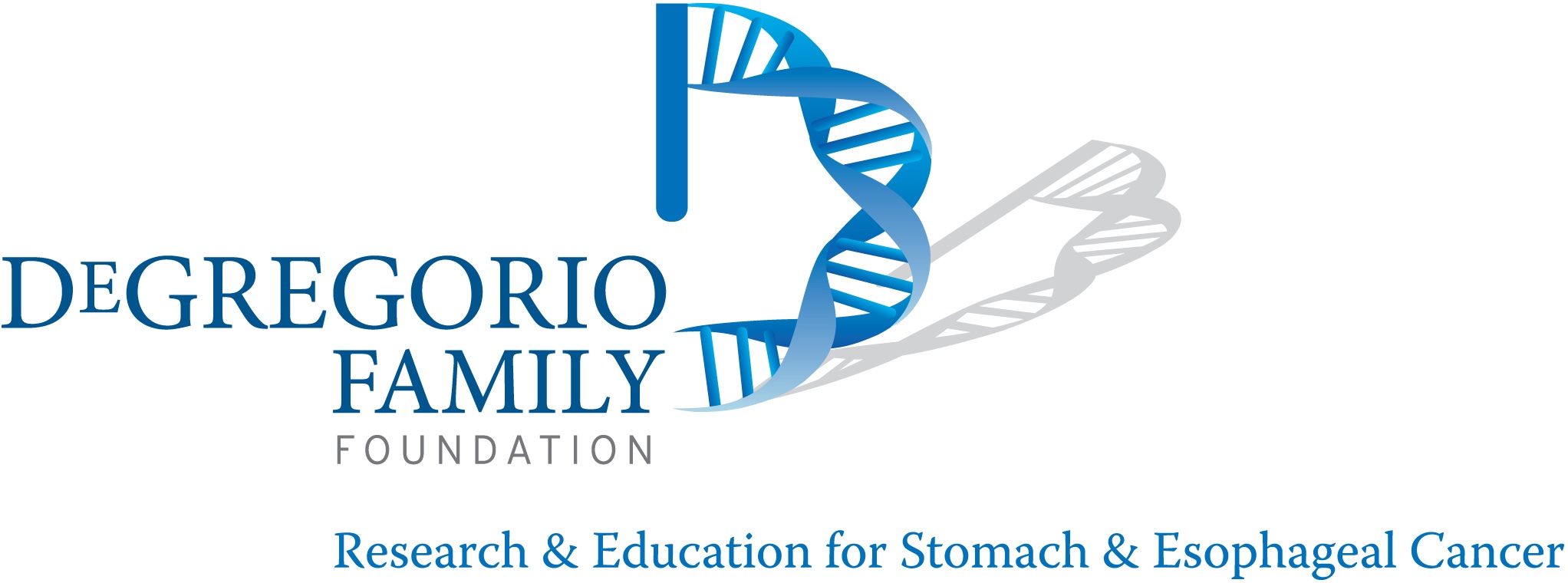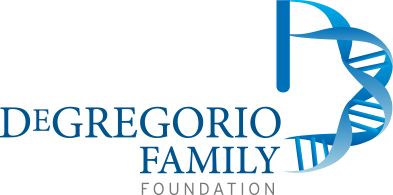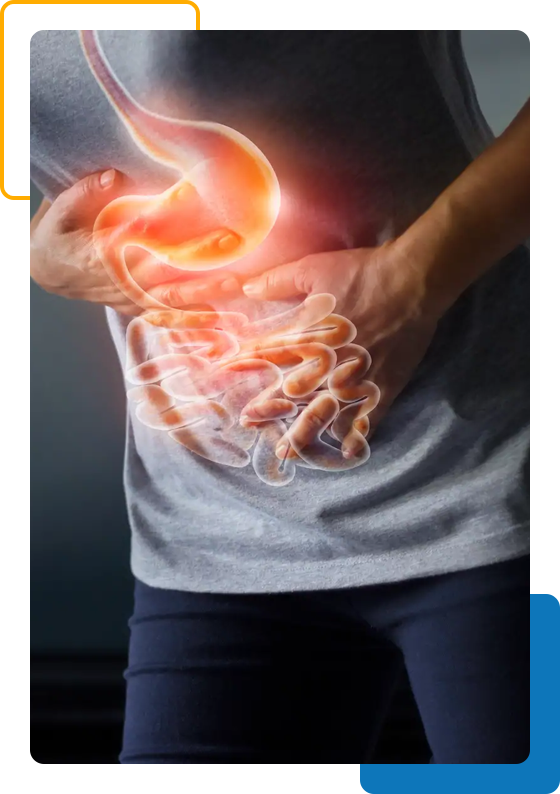
About Stomach Cancer: Types, Causes, Symptoms, Treatments, Cures and Research
Let’s go through the different causes and symptoms of stomach cancer. Then, we’ll touch on some of the current ways to diagnose and treat stomach cancer. Finally, we’ll discuss the survival rates and research concerning stomach cancer. This guide is based on information from the National Cancer Institute (NCI), the U.S. government’s principal agency for cancer research.





